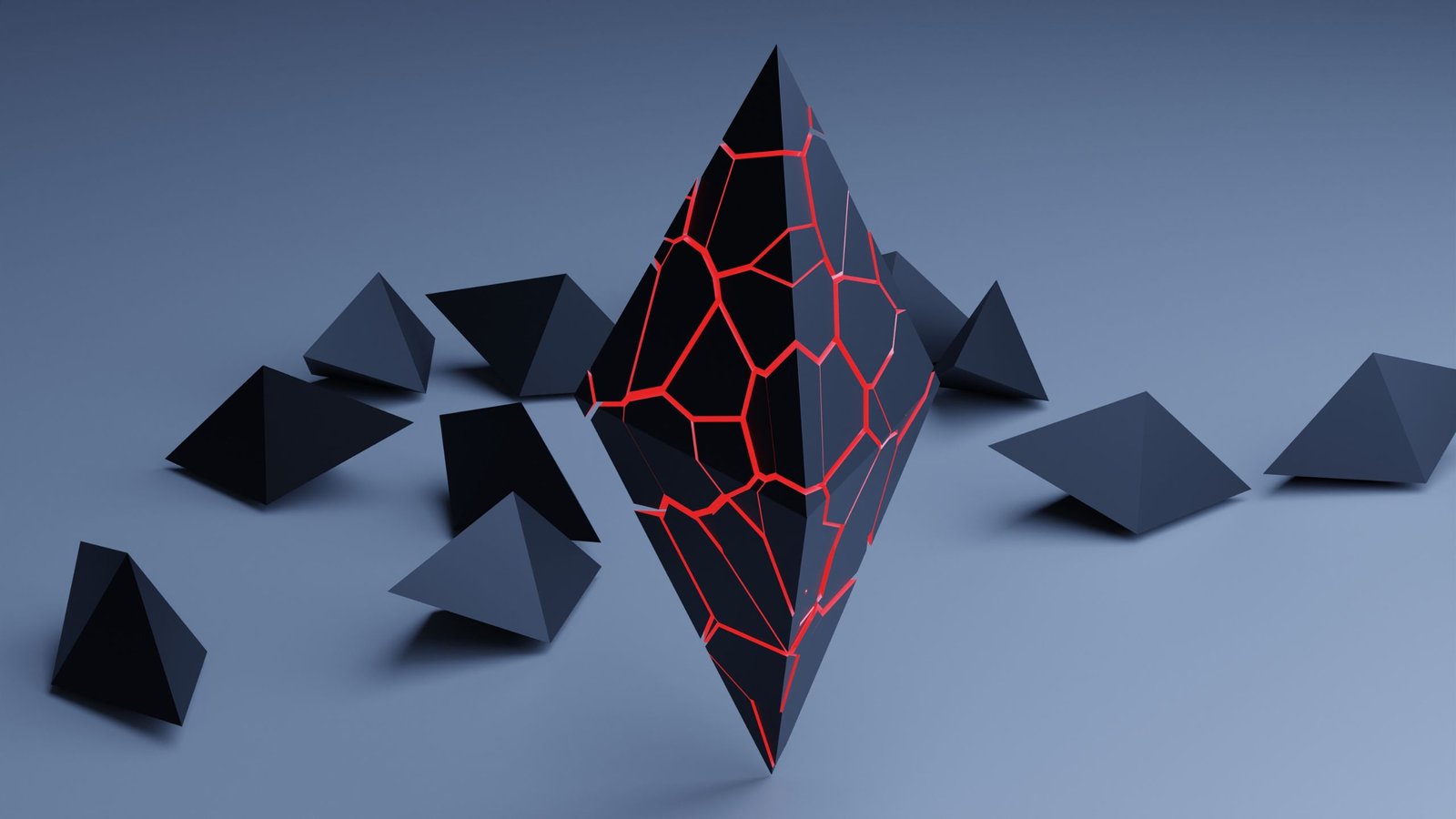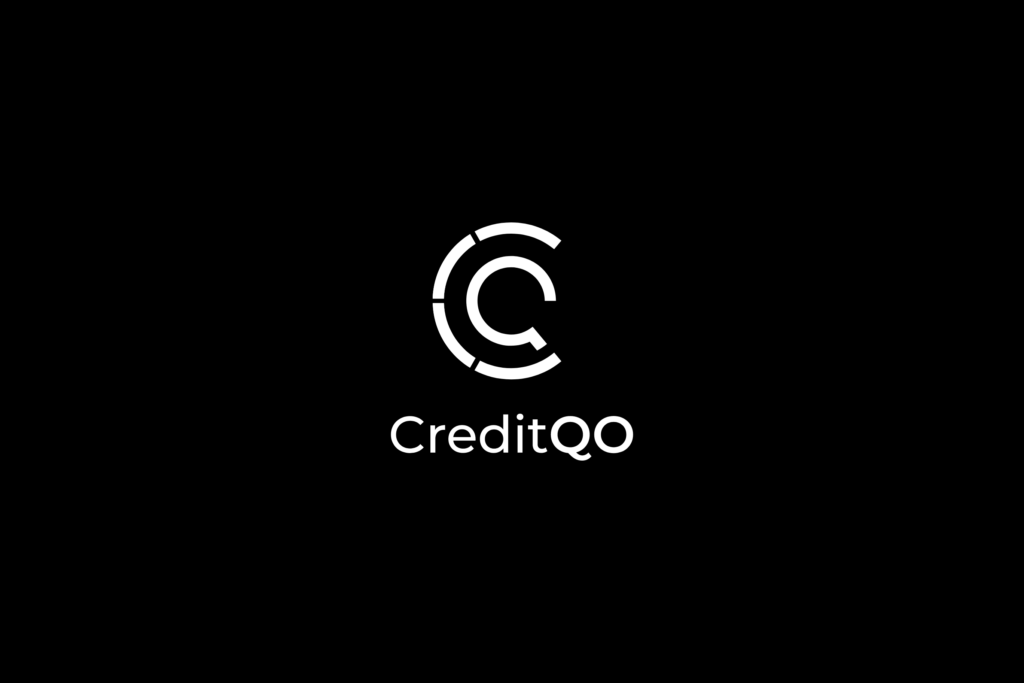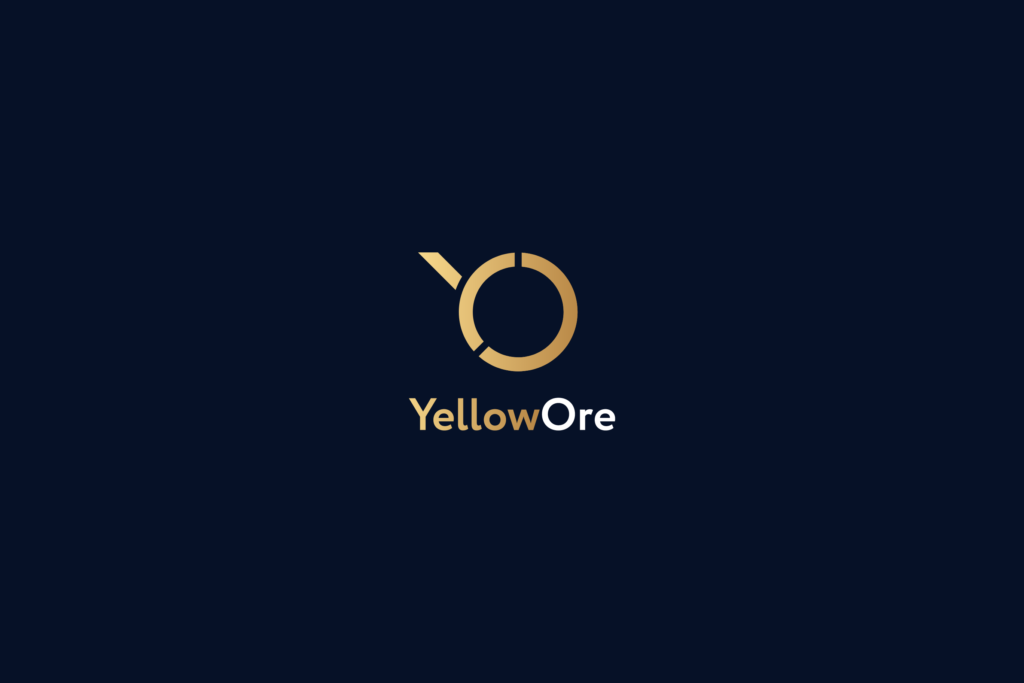Introduction
In the world of traditional gaming, in-game assets like skins, weapons, and collectibles have always existed within the confines of the game itself. Players could earn or purchase items, but their ownership was limited to the game’s ecosystem. NFTs, however, are changing the rules of the game by providing a way for players to truly own digital items. This innovation allows gamers to buy, sell, and trade in-game assets across multiple platforms, unlocking a world of new possibilities.
In this blog, we’ll explore how NFTs are redefining ownership in gaming, from enabling true digital ownership of items to creating new economic models within virtual worlds.
What Are NFTs in Gaming?
NFTs are unique digital assets that are stored on a blockchain, a decentralized ledger that ensures their scarcity and authenticity. Unlike traditional in-game items, NFTs cannot be replicated, making them valuable commodities. These tokens can represent a wide range of digital assets, such as in-game skins, characters, weapons, and even virtual land. Each NFT is one-of-a-kind or part of a limited series, making it distinct from the vast majority of virtual items, which can be copied infinitely.
In the context of gaming, NFTs offer players the ability to own their in-game items in a way that was previously impossible. Players can sell, trade, or showcase these NFTs outside of the game’s ecosystem, opening up new ways to monetize their gameplay.
How NFTs Empower Gamers
-
True Ownership of In-Game Assets
Traditionally, in-game assets such as skins or weapons were “owned” by the player only within the game’s ecosystem. If a game server shut down or an account was banned, those assets could be lost forever. NFTs change this by enabling players to truly own their in-game items. Once an NFT is minted (created), it exists on the blockchain and is entirely owned by the player. Even if the game shuts down or the player switches platforms, the asset remains under their control. -
Trade and Monetize In-Game Assets
One of the most exciting features of NFTs in gaming is the ability to trade or sell in-game assets on third-party marketplaces. This opens up new economic opportunities for players, who can now earn real-world money by selling their valuable items. For example, rare skins or limited edition collectibles can be sold to other players, creating a secondary market driven by player demand. -
Cross-Game Interoperability
NFTs also allow for cross-game interoperability. Unlike traditional in-game assets that are locked to a single game, NFTs can be used across multiple games or platforms, provided they are compatible. For instance, a special NFT skin in one game might be transferable to another, allowing players to carry their hard-earned assets between different digital worlds. This interoperability creates a sense of continuity and value for players across various gaming environments. -
Player-Driven Economies
NFTs are giving rise to player-driven economies where gamers can participate in the creation, buying, and selling of digital assets. This new economic model is similar to a decentralized marketplace, where the value of in-game items is determined by player demand, rather than being dictated by the game’s developers. It gives players a sense of autonomy and control over their digital wealth, empowering them to shape the economy of the game itself.
Examples of NFTs in Popular Games
Several games and platforms have already adopted NFTs, showing the potential of this new model for gaming.
-
Axie Infinity
Axie Infinity is one of the most well-known examples of NFTs in gaming. In this game, players collect, breed, and battle creatures called “Axies.” Each Axie is represented as an NFT, and players can trade them on the game’s marketplace. Some Axies have become highly valuable, with rare breeds selling for thousands of dollars. This has created an entire economy around the game, where players can earn a living by playing and trading Axies. -
Decentraland
Decentraland is a virtual reality game where players can buy, sell, and build on virtual land using NFTs. Players can purchase plots of land, build structures, and even host events. The land and assets within Decentraland are represented by NFTs, and players can trade their virtual properties on the open market. This creates a new frontier for both gaming and real estate in the virtual world. -
The Sandbox
The Sandbox is another virtual world game that integrates NFTs, allowing players to purchase virtual land and create interactive experiences. These assets, such as land parcels and in-game items, are represented as NFTs, enabling players to monetize their creations. The Sandbox has partnered with major brands like Atari and Snoop Dogg to bring exclusive NFTs to the game, attracting both gamers and collectors. -
Gods Unchained
Gods Unchained is a trading card game that uses NFTs to represent each card in the game. Players can buy, sell, and trade their cards on external marketplaces, creating a collectible and competitive element within the game. Some rare cards have become highly sought after, with the potential for players to profit from their card collections.
Challenges and Considerations
While NFTs in gaming present exciting new opportunities, there are some challenges to consider:
-
Environmental Impact: The energy consumption of blockchain networks, particularly proof-of-work blockchains like Ethereum, has been a point of concern due to the environmental impact. However, many blockchain projects are moving towards more sustainable alternatives, such as proof-of-stake.
-
Scalability: As NFTs become more popular, the gaming industry must address issues related to scalability and transaction fees. Many games are already exploring layer-2 solutions or alternative blockchains to ensure smooth and affordable transactions.
-
Market Volatility: The value of NFTs can fluctuate based on market trends, which can be both an advantage and a risk for players. What may seem like a valuable asset today could lose its value tomorrow, and players should approach NFT investments with caution.




